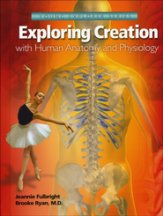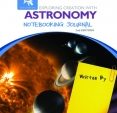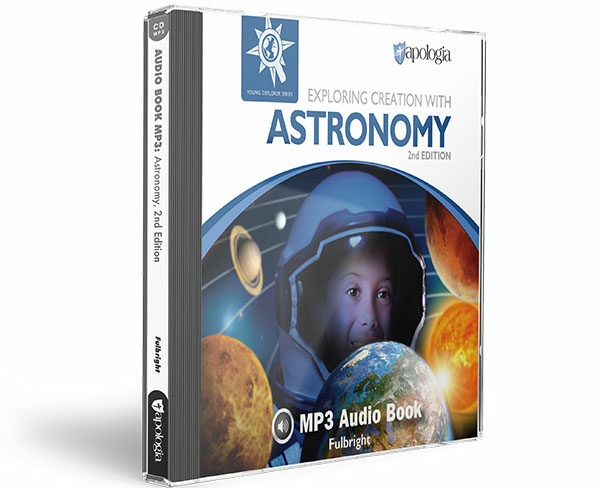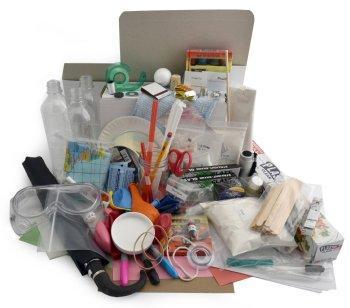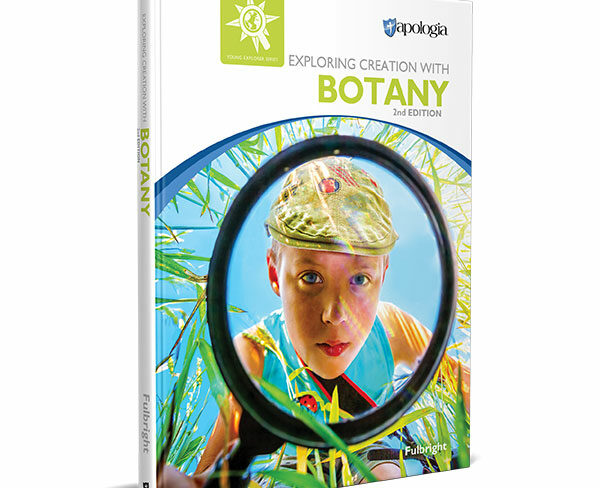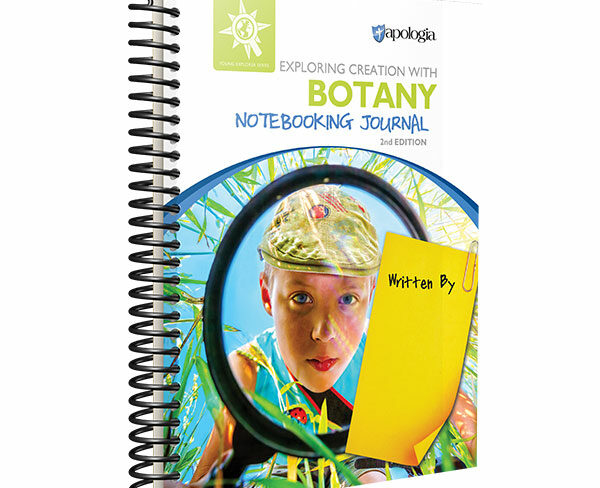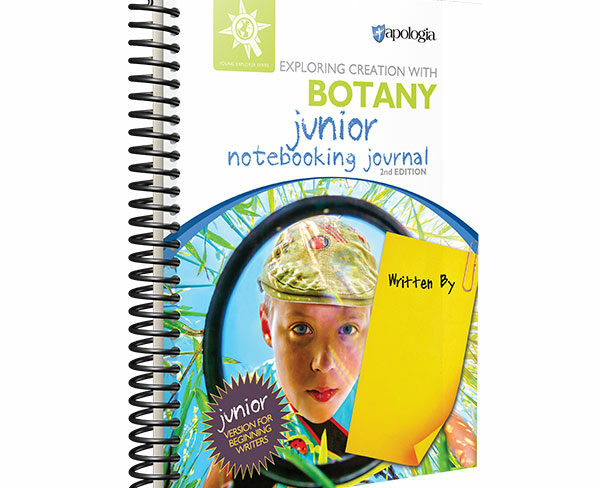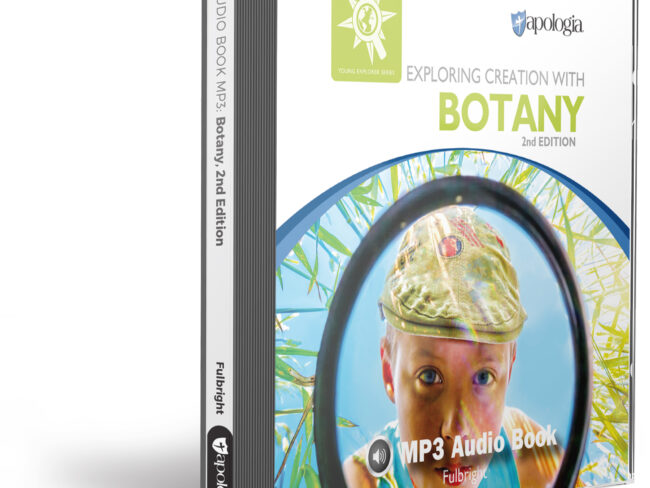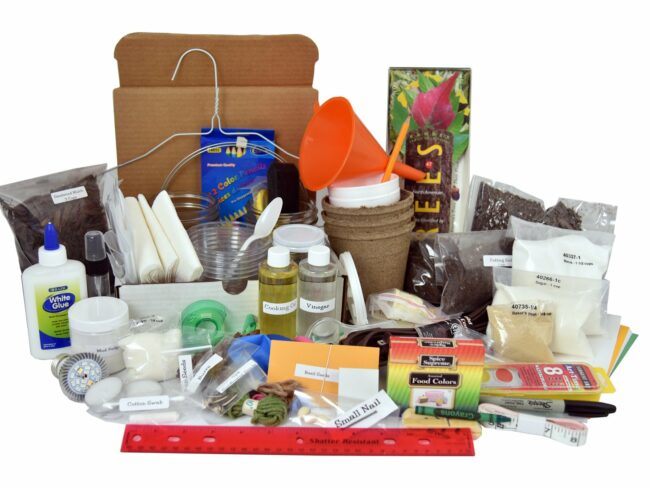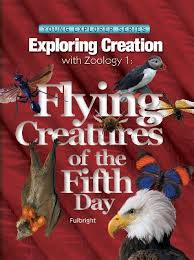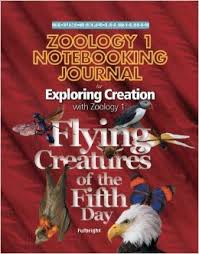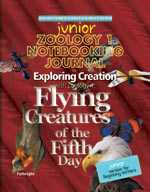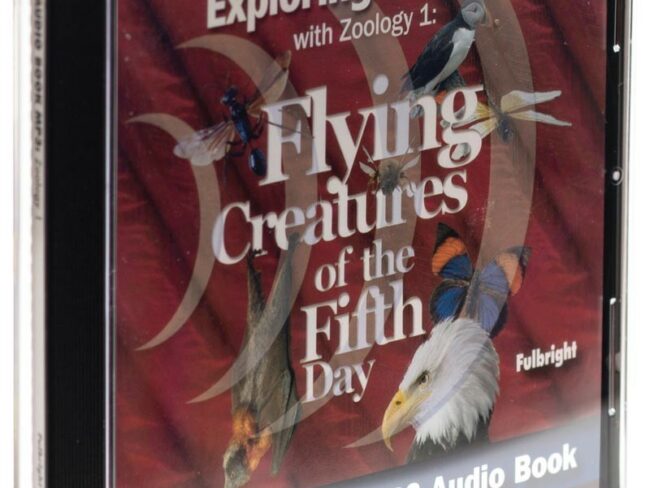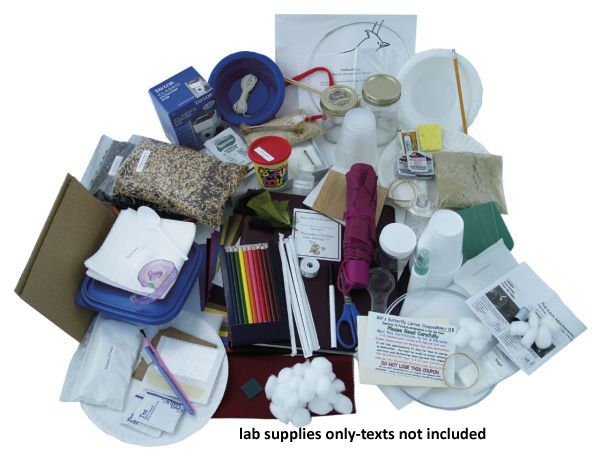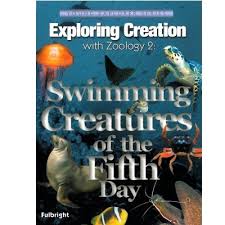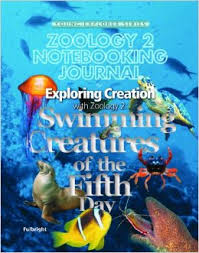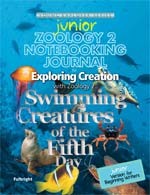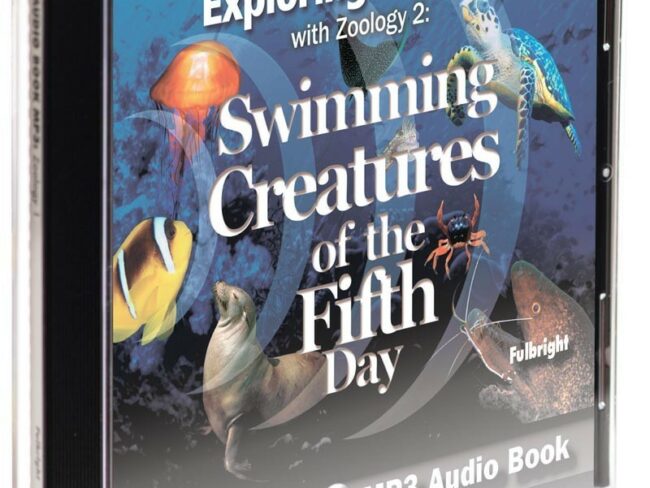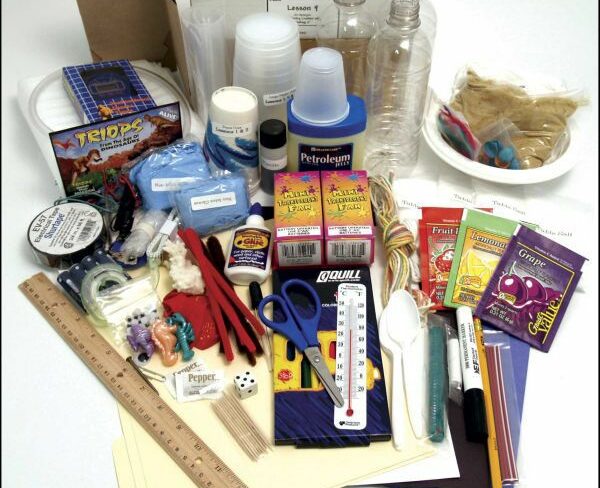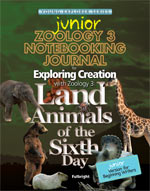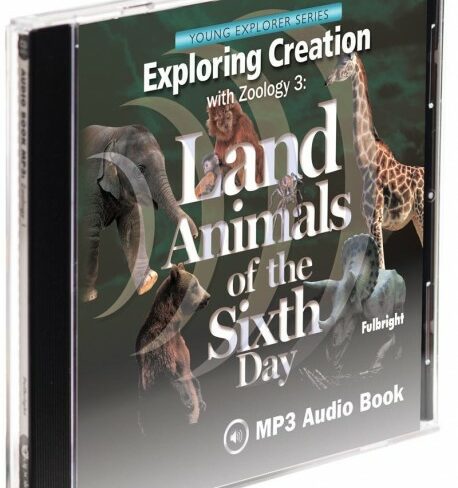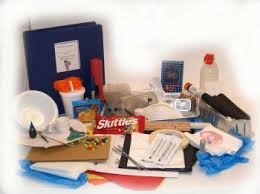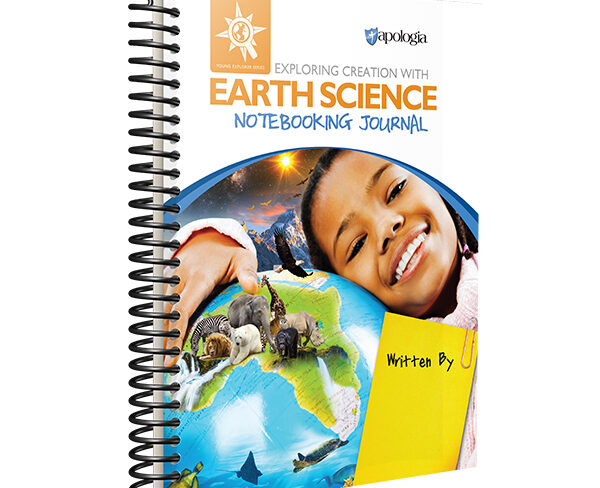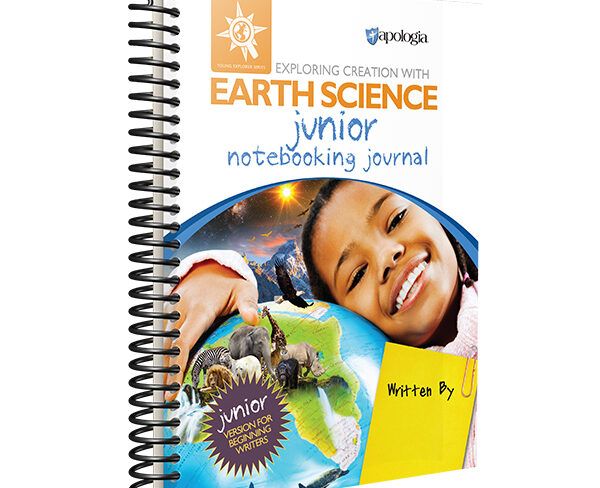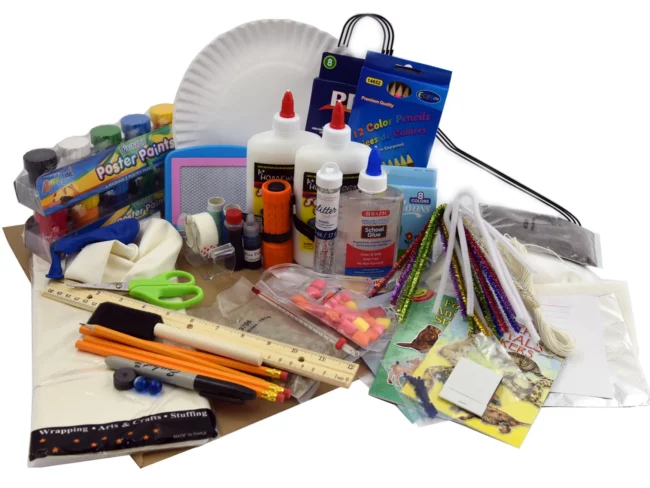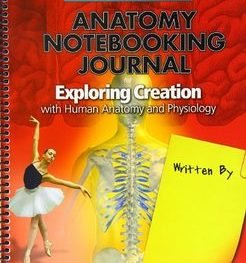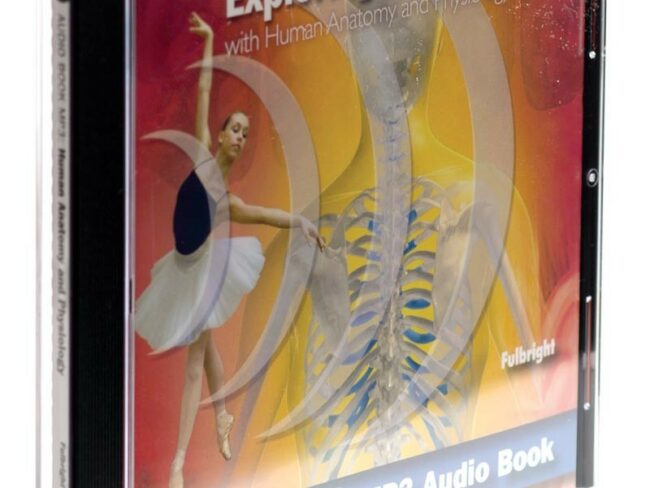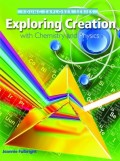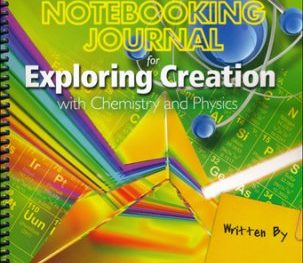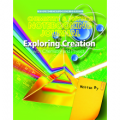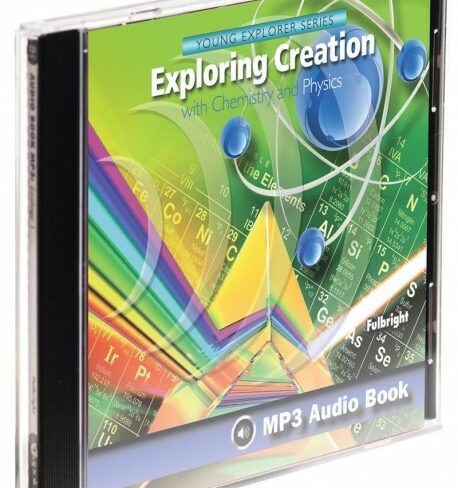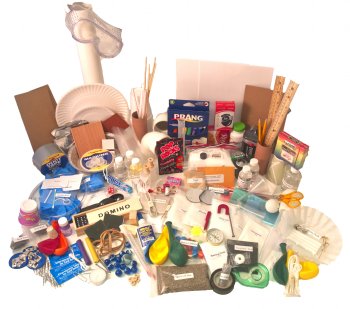Apologia Science Gr. 1-6 (Young Explorers Series)
Author Jeannie Fulbright was a home school mom looking for a quality elementary science series that was creation-based using the Charlotte Mason approach. When she didn’t find the type of curriculum she was looking for she decided to create her own. These books use the classical and Charlotte Mason methodology including narration and notebooking to develop critical thinking, logical ordering, retention, and record keeping.
Since the Charlotte Mason method is employed, every lesson is organized with a narrative, notebook work, an activity, and a project. The student notebook is emphasized in the lessons. Activities and projects bring the lessons to life and use simple household items. While the author’s intent is for the parent to read these books to elementary students, a student with a 4th-grade reading level could read these books on their own. The books come from a strong creationist viewpoint, including sections called “Creation Confirmation” and Scripture interwoven throughout the book. Apologia recommends spending an entire year covering each book, taking about two weeks to explore most lessons (some lessons may require more time).
As they complete her courses, Ms. Fulbright encourages students to compile a notebook to collect and display the information they are learning. She has now gone one step further by providing a format specifically adapted to each course. The Apologia Notebooking Journals provide a place for the student to complete every assignment, to record experiments and to display work. Included are weekly lesson plans, templates for recording fascinating facts and assignments, and scripture copywork in both print and cursive models. In addition to full-color Miniature Books (for recording facts and information and pasting directly into the notebook), there are optional ideas (Take it Further in Astronomy; Dig in Deeper in Botany; Fly Higher in Zoology, etc.) for lots of additional activities, projects, experiments, books or videos, all of which correlate with specific lessons in each course. Along these lines, the Personal Person project in both of the Anatomy notebooks is special providing clear vinyl overlays of each body system. Be prepared to cut these out, though.
In some courses (and eventually in all) the youngsters in your homeschool have a Junior Notebooking Journal prepared just for them with less handwriting but the same reinforcing activities. These books include coloring pages, project pages, and cut and fold miniature books (same ones as in the version for older students). There is space for notebooking assignments (more drawings, no questions to answer) and scripture copywork (shorter verses to copy either in manuscript or in beginning cursive). Biblical quotations are from the NASB, KJV, NIV or NKJV.
To complete the books all you will need to provide is scissors, glue, colored pencils, a stapler, and a few brass fasteners. The author does caution, however, that everything in the journal is “optional” and work can be tailored to each student by simply tearing out unwanted pages from the spiral-bound book. Serving both as a uniquely expressed record of the student’s work and as a prized reminder of acquired knowledge, these books will become a homeschooling heirloom.

